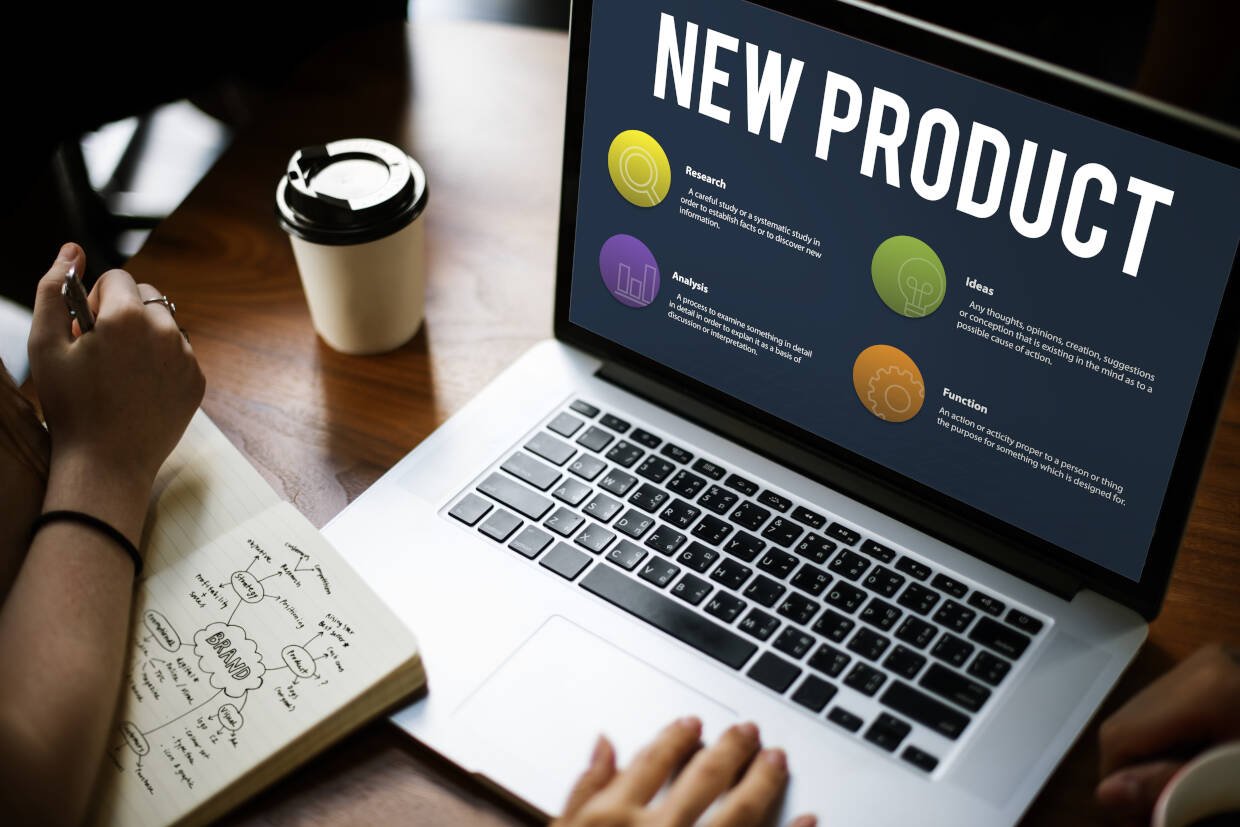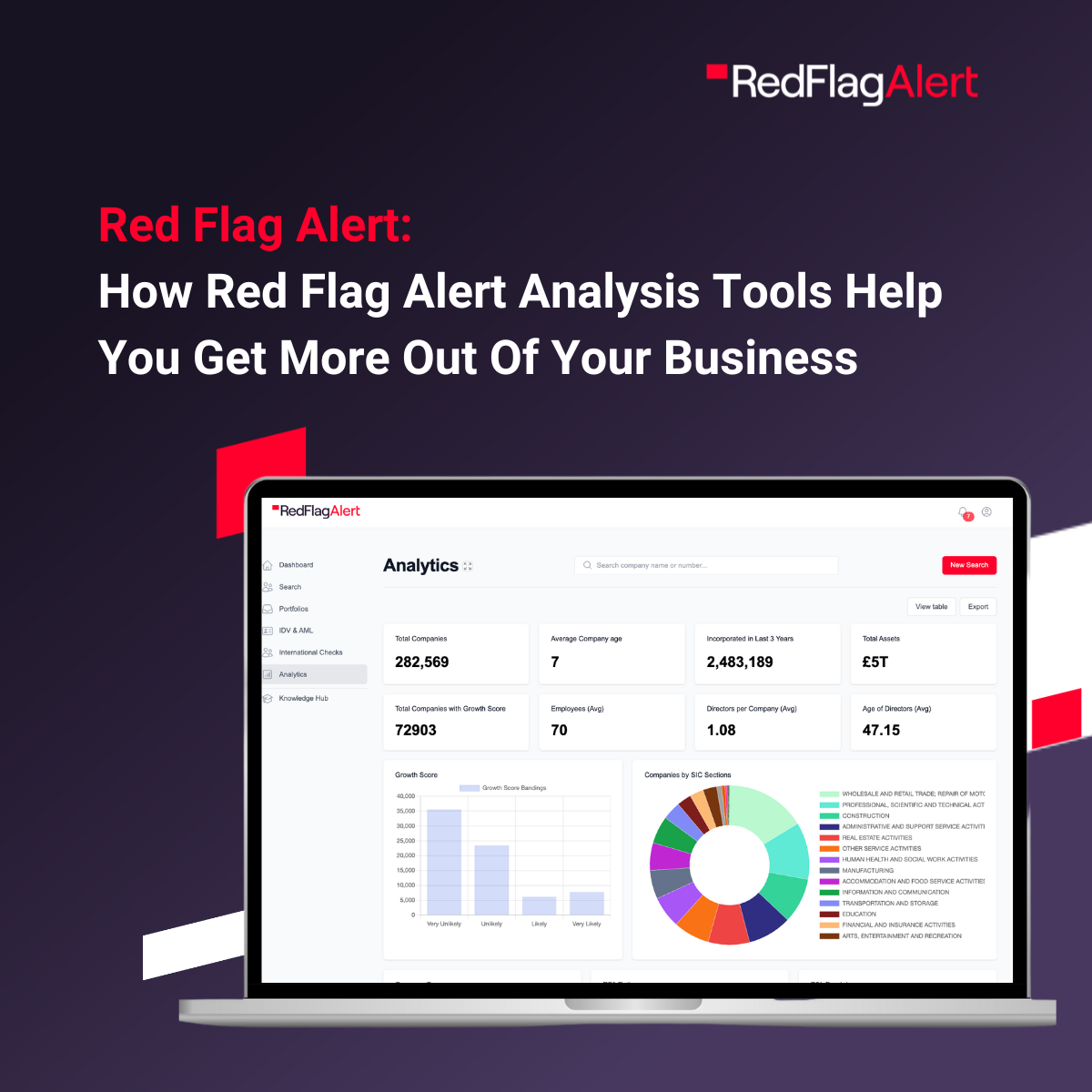There is no guaranteed formula for selling any product or service – whether it is windows, holidays or technology products.
Guides that provide the ‘sales blueprint’ or ‘formula’ are misleading; in reality, every product is different and will need a unique approach to sales.
In this article, we’re going to look at how you can work out the best sales process that is unique to your product. We’re going to cover eight ways to build your successful B2B SaaS sales process.
Contents
1. Understand your unit economics
2. Define your customers
3. Build a marketing message
4. Make sure your product is right
5. Generate leads
6. Engage leads
7. Close leads
8. Scale the process
Understand your unit economics
Before you start selling, consider the bucket your product sits in: is it entry-level (< £5,000 pa), mid-level (£5,000 to £100,000) or enterprise-level (£100,000+), and have a clear plan on how you will make the below equation a positive figure.
Lifetime Value – Cost of acquisition + Cost to service
Broadly speaking the higher the cost the more manual work will go into sales, and for lower ticket items the aim is a self-service sales model. There are a thousand variations inbetween full self-service and a highly bespoke salesperson-driven sales process.
Define your customers
We’ve covered building customer avatars in a B2B setting here, and these principles are similarly relevant in a SaaS setting. Here are some other factors to consider:
- How do customers arrive at buying decisions?
- How are they currently solving the problem your product addresses?
- What are the main barriers to making a purchase?
- What other stakeholders are involved in the buying process?
- What is the most important product feature to the customers?
If there are distinct customer types break them down to as much detail as possible – three or four different customer avatars is manageable, any more is challenging for smaller sales operations.
Red Flag Alert holds a wealth of information when building customer avatars. It covers business performance, owner details, sector, location, financial health and many other factors to help you build detailed customer avatars.
Build a marketing message
Once you know who your customers are it’s time to speak to them about your product - let’s look at an example. MailChimp is an incredibly successful lightweight email automation tool, and a huge part of its success has been a clean product and excellent messaging.
- MailChimp starts with its key value proposition – finding and engaging your customers: who doesn’t want to do that?
- After capturing readers’ attention, it delves deeper into the value proposition and highlights more specific features.
- At this point, customers with very different needs can dive deeper into the features that make sense to them. So for a business running paid advertising the Google remarketing ad feature may be interesting, while for a company looking to utilise email, they’ll click on the Email link.
- Now MailChimp are speaking to a much more specific customer – they are driving home the value of Google remarketing.
Most SaaS businesses won’t have a customer base as diverse as Mailchimp, but the principles are the same: make your messaging as clear as possible and speak to your different customer types.
You can read more about how Red Flag Alert supports customer segmentation here.
Make sure your product is right
This isn’t fixed – you will always be looking to make the product better. Marc Andreessen delivered a brilliant quote on product-market fit (read his full original blog here):
“You can always feel when product/market fit isn’t happening. The customers aren’t quite getting value out of the product, word of mouth isn’t spreading, usage isn’t growing that fast, press reviews are kind of ‘blah’, the sales cycle takes too long, and lots of deals never close. And you can always feel product/market fit when it’s happening. The customers are buying the product just as fast as you can make it — or usage is growing just as fast as you can add more servers. Money from customers is piling up in your company checking account. You’re hiring sales and customer support staff as fast as you can. Reporters are calling because they’ve heard about your hot new thing and they want to talk to you about it. You start getting Entrepreneur of the Year awards from Harvard Business School. Investment bankers are staking out your house. You could eat free for a year at Buck’s.” Marc Andreessen
Generate leads
Prospects need to know about your product, and there are myriad ways to let them know you exist and that you can help their business. Again, the best approach largely depends on the market, product and resources available.
Principally you need to:
1. Let potential buyers know you exist;
2. Quickly let them know that you can solve their problems; and
3. Keep them engaged with you beyond this first touchpoint.
A few common tactics are:
- Content marketing (blogs, videos);
- PR (appear in magazines and relevant websites); and
- Outreach (cold email, LinkedIn, telemarketing).
A good tactic is to keep them engaged so you can drip-feed them information about how you can help their business. Common tactics are:
- Add them to a mailing list;
- Get them to follow you on social media; and
- Run events or seminars.
Engage leads
Once prospects know who you are and hopefully understand and are attracted to your value proposition they need to be convinced to make a purchase.
This looks very different from selling to a large FTSE 100 company versus an SME, but the principles are the same – the prospect needs to be presented with information that motivates them to buy.
This could be through:
- Case studies;
- Conversations with the sales team;
- Seminars;
- Podcasts;
- Sales brochures;
- Thought leadership content.
Each piece should give the prospect more information on why your product is a great solution and also why you should be trusted as a business that knows this space extremely well.
Close leads
Getting prospects over the line is often the hardest part of the sales process, but in many SaaS businesses, this is because they’ve got so much wrong leading up to this stage by attracting unsuitable leads and not providing enough engaging content.
Assuming everything has been done well up to this stage you need a compelling call to action, for small and mid-market SaaS products this is often in the form of a landing page.
This landing page from Active Campaign (another email automation tool) is a decent example of how to get customers over the line. It does a few things well:
- Removes friction – by allowing customers to get started for free it reduces the risk and gives them a chance to demonstrate the product;
- Diagrams are included to show users how the product looks and works;
- It is clear on the feature set it provides;
- Testimonials are included; and
- It’s very easy to follow.
If you’re selling enterprise-level SaaS, the closing process will more likely involve detailed meetings, bespoke information and presentations. You are running into problems when you need to produce a lot of bespoke work for small ticket sales.
Scale the process
Every SaaS sales process is different. Market dynamics, resources and the product are all factors that impact how you sell.
This article has discussed some of the key steps - your goal now is to work out those steps and then build a scalable, financially viable and successful way to do it at scale.
Building your sales process will involve doing it yourself – speak to customers, understand their pain points, listen to their objections and over time you will start to understand the messaging that works.
Red Flag Alert
Red Flag Alert helps you build customer avatars, segment your market and reach key decision-makers. Start your seven-day free trial today.


-4-2-feb-27-2024-01-31-17-3370-pm.png)
-4-2-feb-21-2024-04-21-31-4669-pm.png)
-4-2-feb-16-2024-12-50-35-0205-pm.png)